The Great Migration of Kenya has long been one of the most spectacular natural events on Earth, drawing thousands of wildlife enthusiasts each year. Recently, a groundbreaking addition has been introduced to enhance the experience—nighttime infrared observation. This innovative approach allows visitors and researchers to witness the nocturnal behaviors of wildebeests, zebras, and other migratory species in unprecedented detail.
Traditionally, the migration has been observed during daylight hours, with the golden savannah providing a breathtaking backdrop. However, the cover of darkness has always shrouded much of the animals' activities in mystery. With the introduction of infrared technology, the veil has been lifted. Specialized cameras and goggles now enable observers to track the herds as they move under the stars, revealing behaviors that were previously hidden from human eyes.
The implementation of infrared observation has not only enriched the tourist experience but also contributed significantly to scientific research. Biologists are now able to study how these animals navigate the terrain at night, avoid predators, and interact with one another in low-light conditions. This data is invaluable for conservation efforts, offering new insights into the challenges faced by migratory species in an ever-changing environment.
One of the most striking discoveries has been the increased activity of predators during the night. Lions, hyenas, and leopards, which are typically more active after sunset, have been observed hunting with greater frequency than previously thought. The infrared footage has captured dramatic chases and kills, providing a raw and unfiltered look at the circle of life on the savannah.
For tourists, the nighttime safaris have added an entirely new dimension to the Great Migration experience. Guided by expert rangers equipped with infrared gear, visitors can now witness the migration around the clock. The eerie glow of the infrared images, with animals appearing as ghostly figures against the dark landscape, creates a surreal and unforgettable adventure.
The technology has also raised ethical questions about human interference in natural processes. Some conservationists worry that the constant presence of infrared-equipped vehicles might disrupt the animals' nocturnal routines. However, strict guidelines have been put in place to minimize disturbance, ensuring that the observation remains as unobtrusive as possible.
Local communities have embraced the new initiative, as it has brought additional revenue to the region. Lodges and tour operators now offer specialized nighttime packages, catering to the growing demand for after-dark wildlife viewing. This economic boost has further incentivized conservation efforts, creating a symbiotic relationship between tourism and wildlife protection.
Looking ahead, the success of infrared observation in Kenya could set a precedent for other wildlife reserves around the world. If proven sustainable, this technology might soon be adopted in places like Tanzania’s Serengeti or Botswana’s Okavango Delta, revolutionizing how we experience and study wildlife after sunset.
The Great Migration has always been a testament to the resilience and wonder of nature. With the addition of nighttime infrared observation, it now offers a deeper, more intimate connection to the wild. Whether you’re a scientist, a tourist, or simply a lover of nature, this innovation invites you to see the savannah in a whole new light—or rather, in the absence of it.
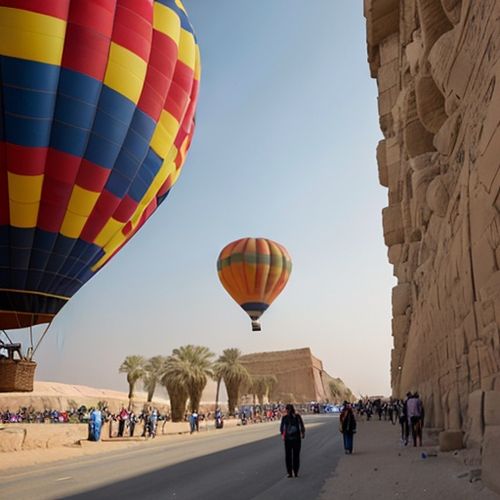
By John Smith/Apr 11, 2025
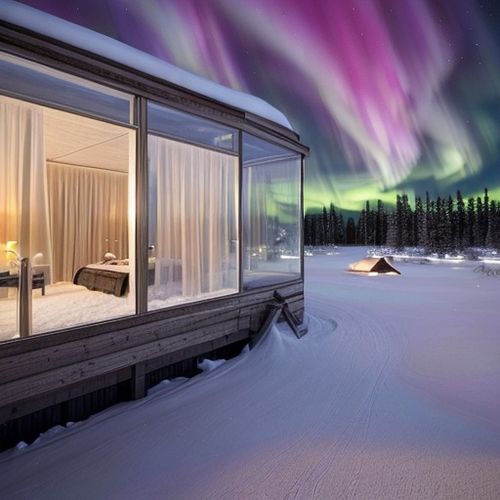
By Samuel Cooper/Apr 11, 2025

By George Bailey/Apr 11, 2025

By Thomas Roberts/Apr 11, 2025
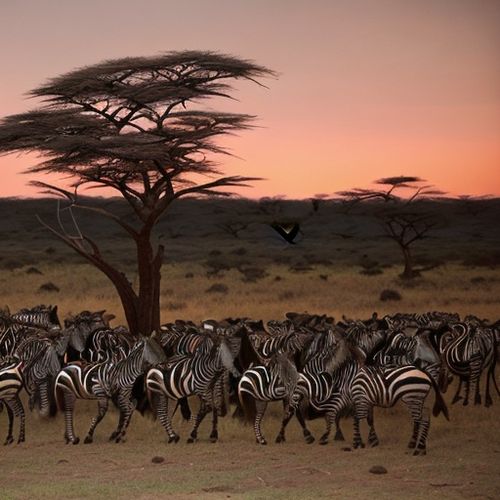
By Lily Simpson/Apr 11, 2025
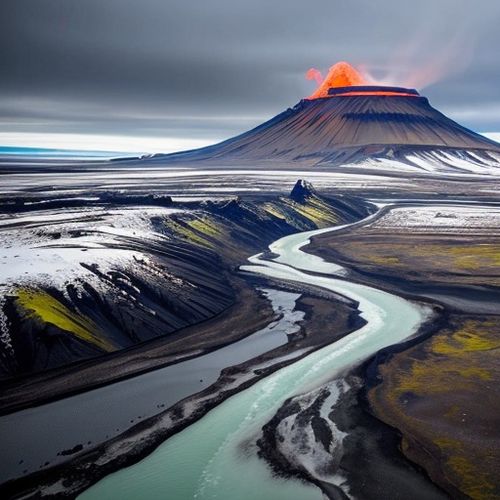
By Jessica Lee/Apr 11, 2025
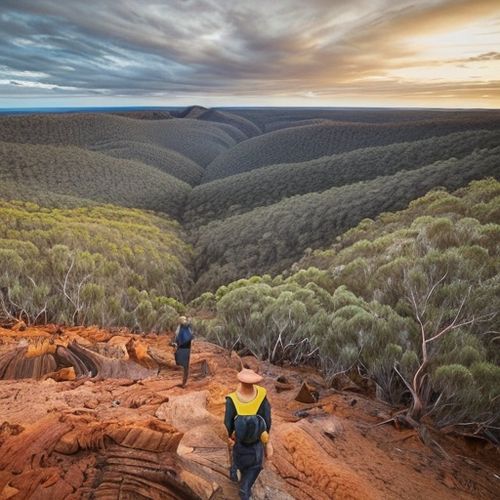
By Laura Wilson/Apr 11, 2025

By Olivia Reed/Apr 11, 2025
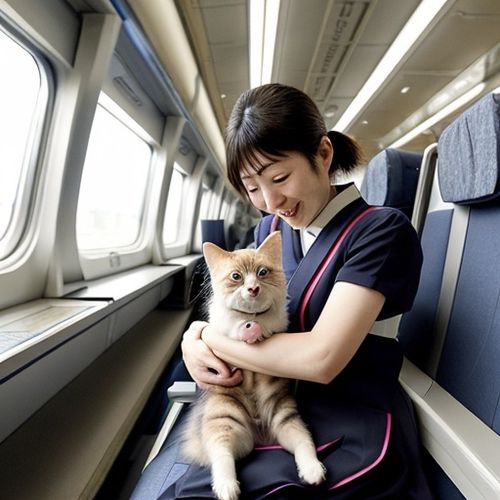
By Noah Bell/Apr 11, 2025

By Christopher Harris/Apr 11, 2025

By Emma Thompson/Apr 11, 2025
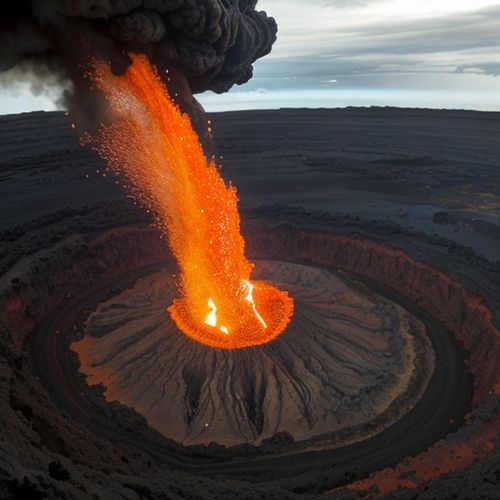
By Ryan Martin/Apr 11, 2025

By Grace Cox/Apr 11, 2025

By Sarah Davis/Apr 11, 2025

By James Moore/Apr 11, 2025

By Emma Thompson/Apr 11, 2025
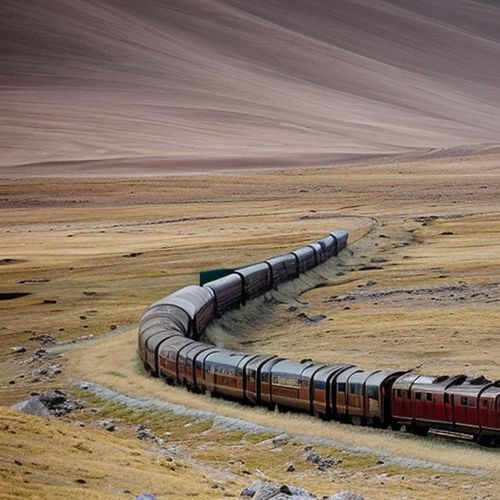
By James Moore/Apr 11, 2025
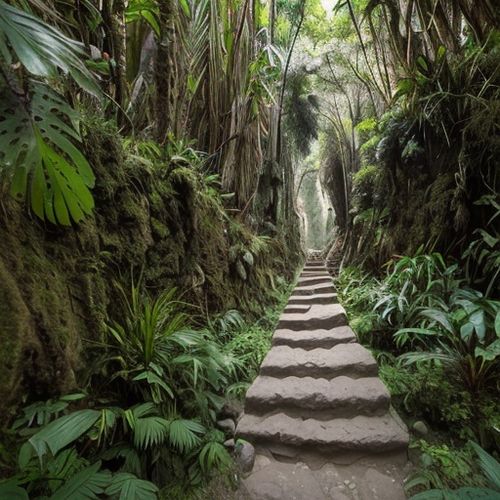
By Victoria Gonzalez/Apr 11, 2025
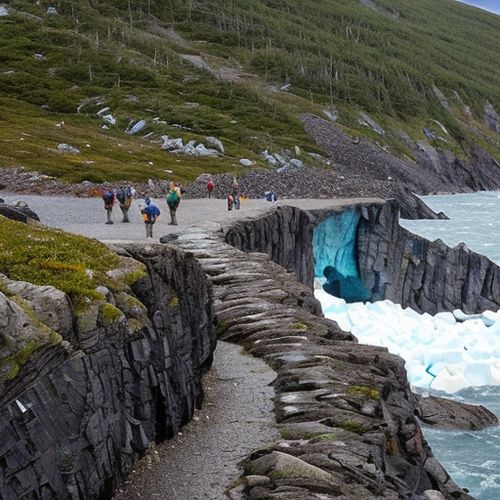
By Michael Brown/Apr 11, 2025
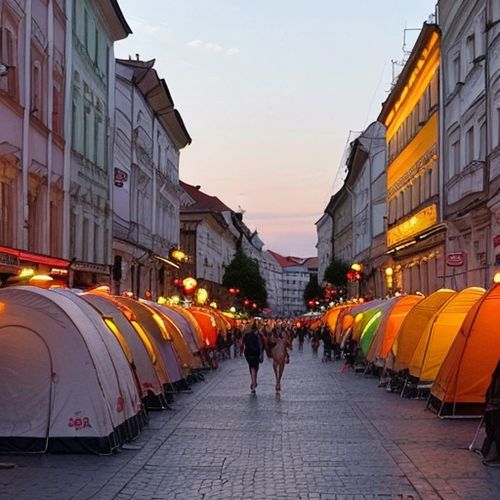
By Grace Cox/Apr 11, 2025